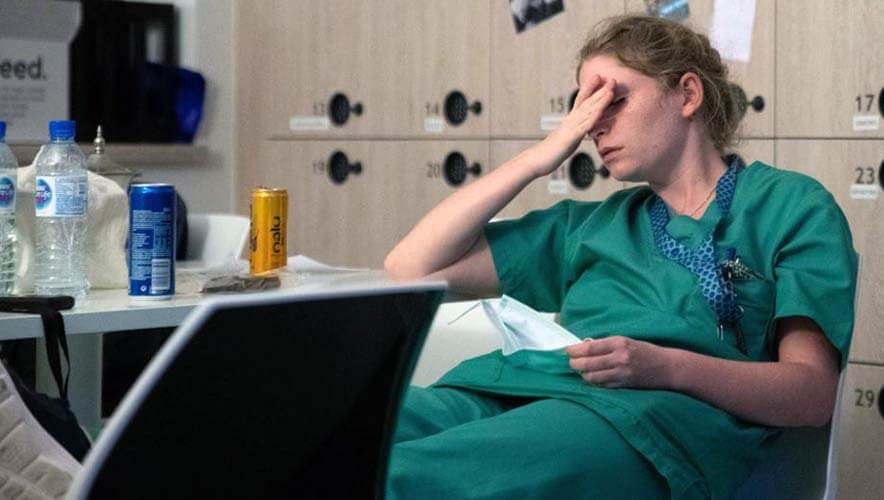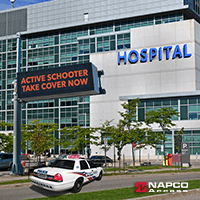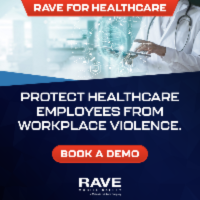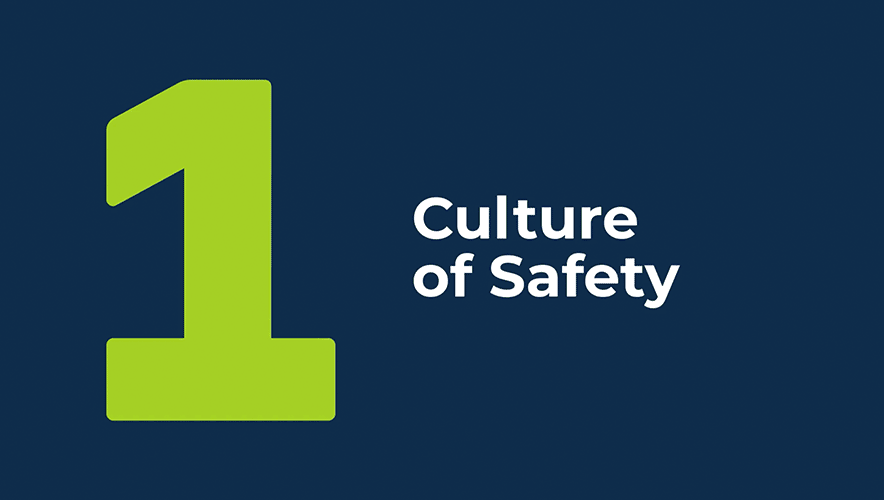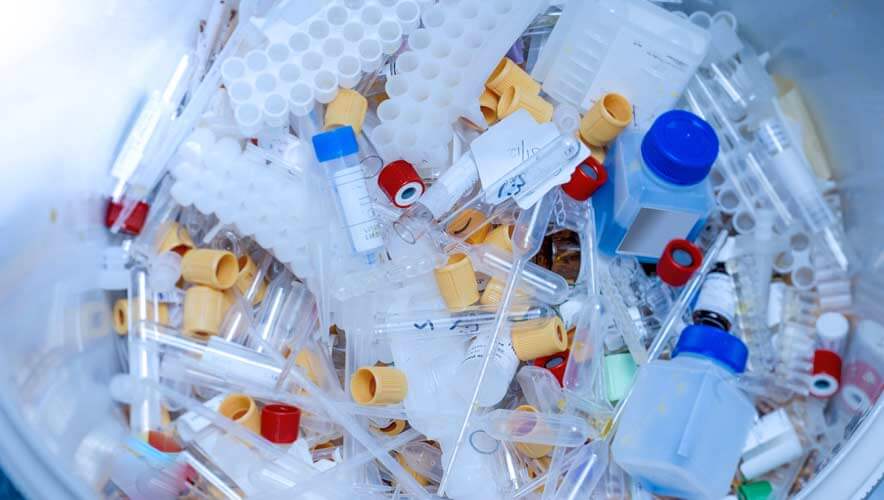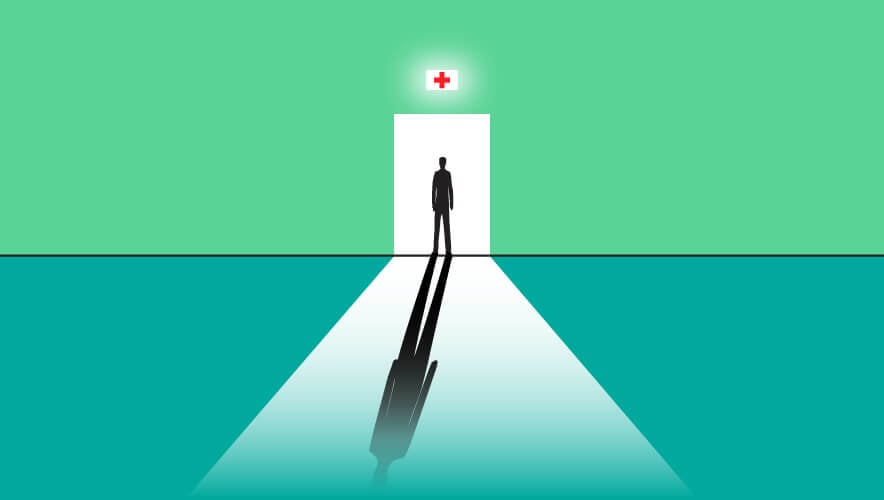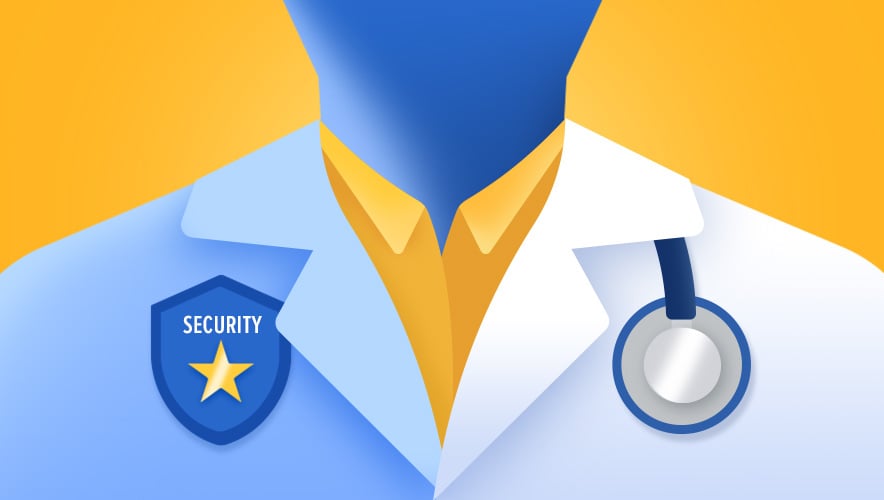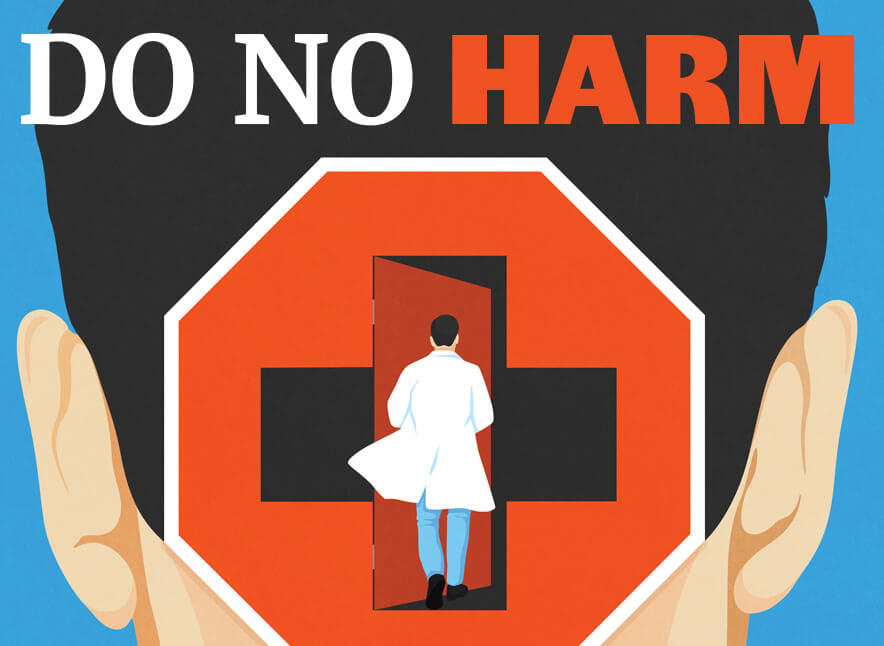Patient Room Video Technology: Assisting Hospital Staff During Shortages
U.S. hospitals and healthcare systems are in crisis. Staffing shortages have existed for many years, but now health systems face an aging population and the potential for new variants of COVID-19 or other pandemic outbreaks. How can providers ensure that patients are being taken care of while also establishing a safe and efficient work environment for their staff? In-room technologies and virtual-rounding-type applications are gaining traction as ways to help providers bridge staffing gaps.
A 2020 American Association of Critical Care Nurses (AACN) journal study reported that “Using technology, virtual rounding, and increased collaboration with nurses, tele–intensive care unit nursing minimized the risk to bedside nurses while maintaining a high level of care for patients.”
SponsoredUpdate Access-Control /Video & Integrated Security for End-to-End Protection Inside & Out + Proven Faster Response to Healthcare Workplace Violence Emergencies - Let NAPCO Show You How FREENAPCO Integrated Security Management Solutions ensure faster, smarter First Response, informed Bad-Actor-pinpointing, Threat-Level Management, Alerts, Global-Lockdown/Area-Lockdown for Man-Traps to contain threats & Muster-Reporting. FREE Onsite Evaluation/Consult. |
Fortunately, the open platform video management system that many health facilities already have in place can be a significant aid in providing appropriate care while increasing patient satisfaction, health, and wellness while providing the medical staff with some workload relief.
On 25 October 2022, I hosted and moderated a healthcare panel and industry media discussion regarding the fast-evolving use of data-driven video technologies within healthcare. Our panel was composed of technology and integration leaders who are actively providing camera, sensor, audio/video analytics software, and other solutions to healthcare facilities. Everyone offered valuable insights into how technology is helping healthcare providers do more with less, more efficiently, and more safely.
The healthcare technology panel included:
- David Antar, founder and CEO, IPVideo Corporation
- Ben Kallas, senior regional sales director, central region, Hanwha Vision
- Mike Guarino, director of sales, north region, Bosch Security and Safety Systems
- Doug Coppola, senior director healthcare solutions, LenelS2
An excerpt of the conversation follows. It has been condensed and lightly edited for clarity.
Mark Johnson. What can we do with technology to help the medical community be as patient centric as possible while also offsetting some of that workload at a time when staff resources are shrinking? David, I’m looking at you because you are next to me… can you share some examples of what’s happening with technology in healthcare today?
David Antar. Thanks, Mark. There are many applications and use cases for patient-centric technology in healthcare today. One example is with integrating cameras and sensors into patient rooms and tying them into the nurse call system, or into any other front end, including the video management system (VMS), for providing better care. Sensors today have become highly advanced, offering capabilities such as being able to detect if somebody has sleep apnea or is not breathing properly, or detecting if someone has fallen out of bed. Motion sensors can tell us if people are moving in a room, so it's not using just one sensor at a time; it’s using them in conjunction with each other to make a smart hospital room.
Additionally, systems today can respond to spoken audio prompts and keywords to turn on emergency lighting or light specific rooms or hallways where an event is happening or trigger other responses. Integrated technology can also help provide a safer environment for the nursing staff.
Johnson. Ben, David is coming at this from a sensor point-of-view, but you’re on the camera side of the equation. How are today’s next-generation smart cameras helping hospitals?
Ben Kallas. The camera isn't just a camera anymore. Most cameras used in these types of applications have microphones built into them and embedded edge analytics. These new camera/sensor systems can detect anything from a gunshot to a glass breaking to a scream to even an explosion. The video along with audio provides a two-piece verification of a situation. So, when the VMS gets notified that there's a scream detection, it can immediately verify the scene with the video. And that's inherent to with many products today. We’re focused on making sure our cameras are feature-rich in their integration and sensor capabilities.
SponsoredKeep Your Staff Informed And SafeLearn more about a cost-effective way to improve the safety of healthcare staff with the devices they already own. |
Johnson. Mike, are you seeing the same level of camera, sensor, and front-end integration within hospitals as well?
Mike Guarino. Yes, absolutely. We’re seeing integrations with VMS systems not only with our cameras but also with our intrusion panels. An example being staff personnel wearing wireless panic buttons that can trigger an alarm with an actionable response in the VMS.
Also, there are many video and data-focused applications beyond security happening now as well. We're very focused on generating actionable data and metadata and then providing that to the hospital’s video management system. An open platform VMS can ingest all the data and make it usable for improving operational efficiency. You mentioned being patient-centric, and yes, this is all about patient flow, a great patient experience, and using that video sensor's data to improve efficiencies and processes for the provider.
Johnson. Doug, when we talk about panic buttons and intrusion and access control, can you discuss a little more about patient flow?
Doug Coppola. Absolutely. At the end of the day, all these solutions come together to complement one another to solve complex challenges. Unfortunately, when we're talking about staff security, workplace violence is the biggest issue in healthcare today. With the use of real-time location systems (RTLS) and sensors (cameras), we can deploy personal panic buttons for nurses and staff. If a staff member feels threatened or is being attacked, they can press a personal panic button which will trigger an event within the access control system, providing the nurse’s location and bring up accompanying camera views. Therefore, we immediately know who is in duress, where that person is located, and the VMS and cameras give us valuable views of the situation in real time so the security team can dispatch appropriate resources to neutralize the threat.
Johnson. David, are you seeing some exciting developments with patient rounding, where a nurse is required to be in a patient room every 10, 15, or 30 minutes depending on the situation? How is technology helping with rounding?
Antar. Yes, we have a healthcare facility in Michigan that's putting sensors in for the nurses to generate a log report of their rounds. Nurses use a spoken keyword to trigger an event that marks that they’re in that specific room at a specific time by picking up on the audio and giving the event a time/date stamp. This integrated use of the system reduces the nurses’ administrative workload, helps the staff do more in less time, and provides the documentation that staff managers need.
Johnson. Mike, can you speak more to how AI in devices is reducing workloads and/or enhancing the care that's being given?
Guarino. Yes, an easy way to think of this is that all cameras take pictures in video, but AI-enabled cameras take notes on that video, and those notes are the metadata. And then within the VMS, we can use those notes from a real-time alarm management perspective or use it forensically. From an integration standpoint, our forensic search plugin accesses that data—everything that camera sensor captures—and allows us to go back and search for pretty much anything after the fact. We're working now to use the data to look for patterns and be proactive, taking in alerts and alarms, and pushing messages.
Johnson. David, are you seeing the same type of AI developments and use?
Antar. Yes, for sure. Using the AI from the camera and other edge devices to pull in metadata is the key to all of this. For example, we have AI in our device that captures over a million data points a day. We marry that information with the metadata from the cameras—and that's where we build a complete solution for research, for finding people or things in real-time, or going back historically and tying it all together.
That's the power of bringing everything into a single platform, which is where an open platform VMS plays an incredible role. Being able to search and find things and maintain privacy while also being able to figure out what's going on in a situation—both in real-time and in the archives—is very valuable in healthcare. Sharing and leveraging metadata between systems and devices is happening now, and it is definitely the future of smart and efficient patient care.
Mark Johnson is the healthcare business development manager for Milestone Systems.
